The Lotus 3-Eleven, a new 450bhp, 890kg model from the Hethel-based company, is the fastest and most expensive model Lotus has built.
First revealed at the Goodwood Festival of Speed last summer, Lotus says the 3-Eleven covered over 1200 miles of the Nürburgring as part of its test programme, with a fastest time of 7min 06sec being recorded. That time was calculated from adding together the fastest sector times from two separate laps of the course, which Lotus did not have to itself.
Lotus test driver Marc Basseng said that with the track to itself, the 3-Eleven could be able to break the sub-7min lap time barrier.
Initially, Lotus CEO Jean-Marc Gales was confident that his car would be “not far away” from the sub-7min time posted by Porsche’s £1 million 918 Spyder. He said: “The 3-Eleven condenses our engineering know-how into a hardcore package that won’t suit everyone. But it is a perfect demonstration of the concept crucial to all future Lotus cars.”
The car will come in two versions - Road and Race - costing between £82,500 and £116,500, depending on specification.
Gales has called the 3-Eleven “an uncompromised manifestation of the Lotus idiom” that delivers “legendary handling and blistering speed”. In Race form, it lapped Lotus’s Hethel circuit in just 1min 19.5sec, more than 10sec faster than the next-quickest Lotus.
Straight-line performance is just as electrifying. The Race version can cover 0-60mph in 2.9sec, which pitches it straight into McLaren P1 and LaFerrari territory. Flat out, the 3-Eleven can top 174mph in Race trim, and the Road model, on a slightly taller gearing, can do 180mph.
The engine is a transverse, midmounted version of Lotus’s 3.5-litre Toyota-sourced V6, with the supercharger, integrated charge cooler and engine management electronics designed at Hethel. Power is 453bhp at 7000rpm, and maximum torque is 332lb ft at 3500rpm. The Road variant has a dry weight of 925kg and maximum power of 404bhp.
The road-going 3-Eleven gets a conventional six-speed H-pattern gearbox (with racing clutch) and the Race version has an Xtrac sequential six-speed paddleshift ’box. Both have Torsentype limited-slip differentials.
The car has a bonded and riveted aluminium monocoque tub chassis reminiscent of other Lotus models’ but “massively strengthened” for this new application. The Road model’s rollcage incorporates extra side impact bars, and the Race cage has additional bars to meet FIA international race regulations.


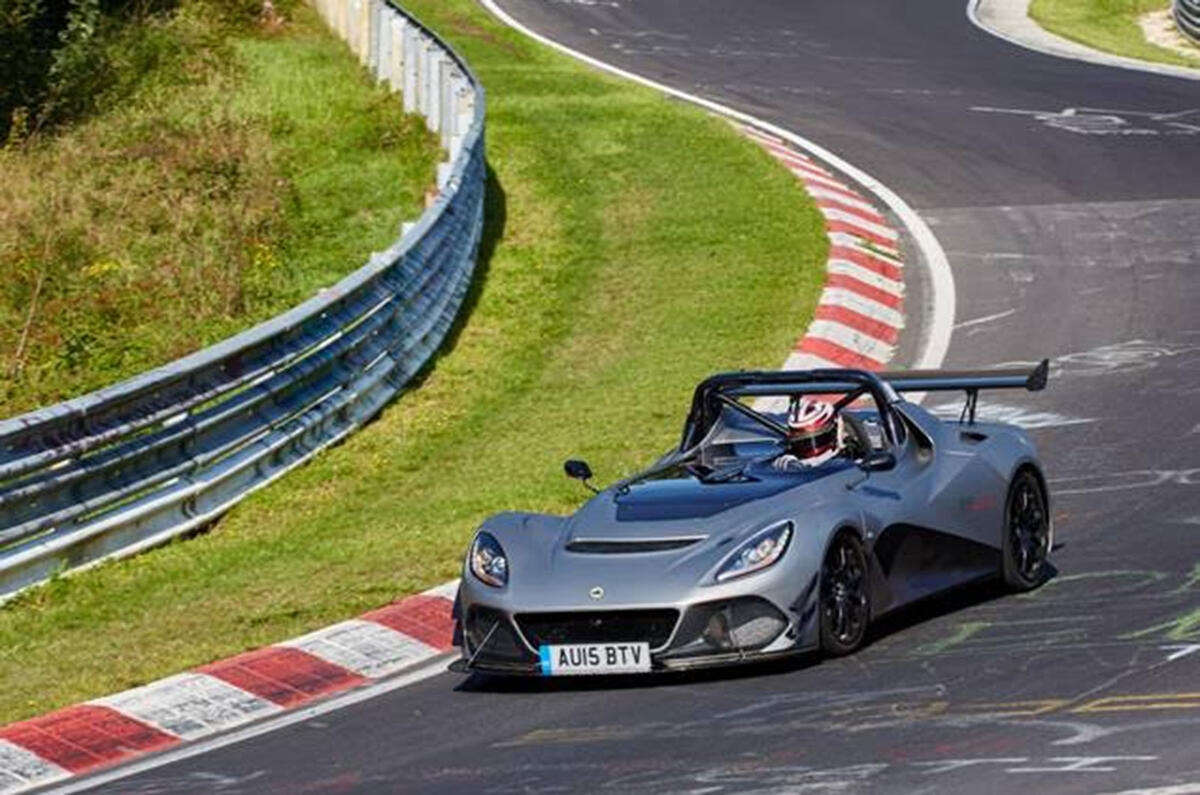
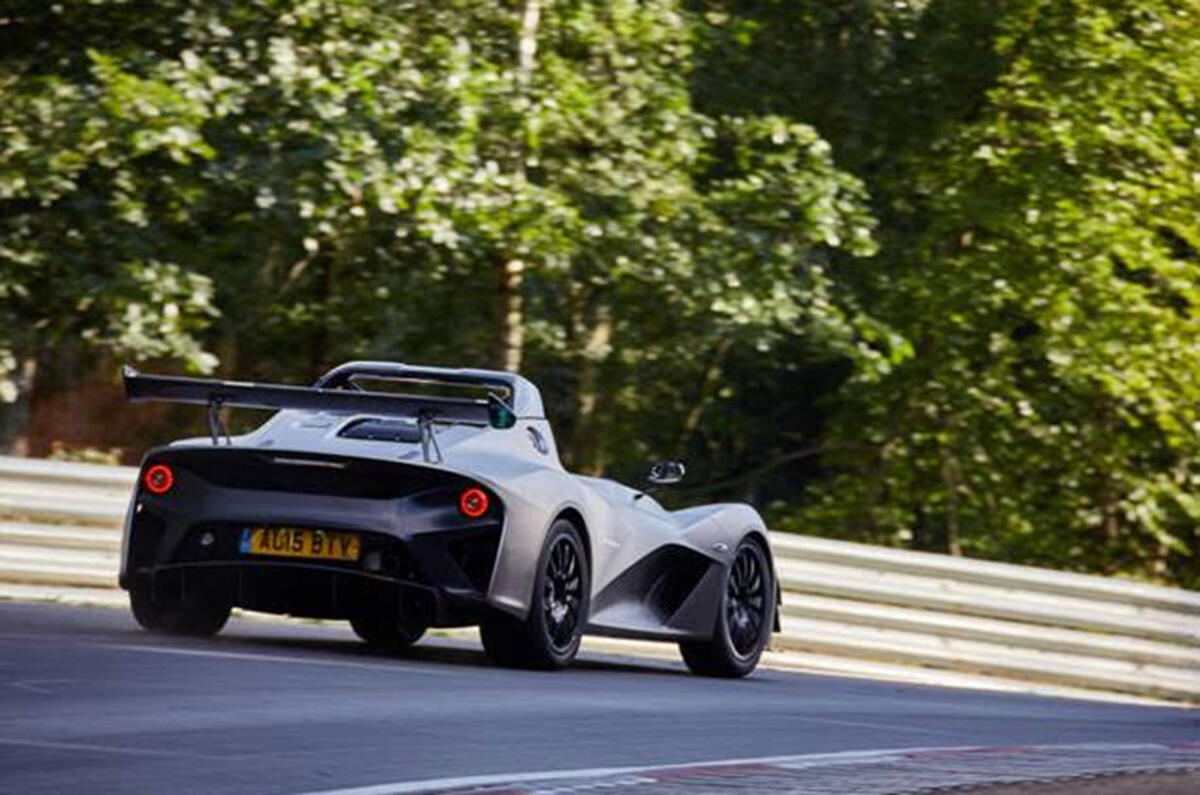
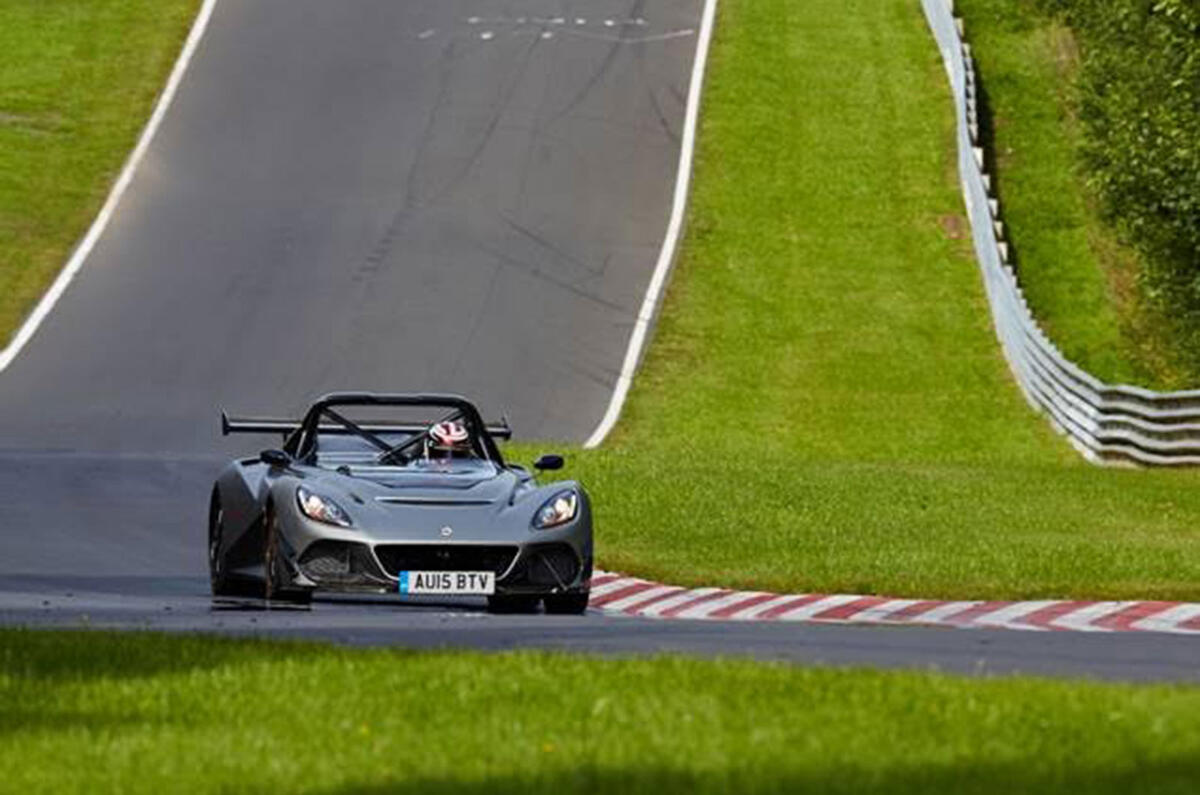
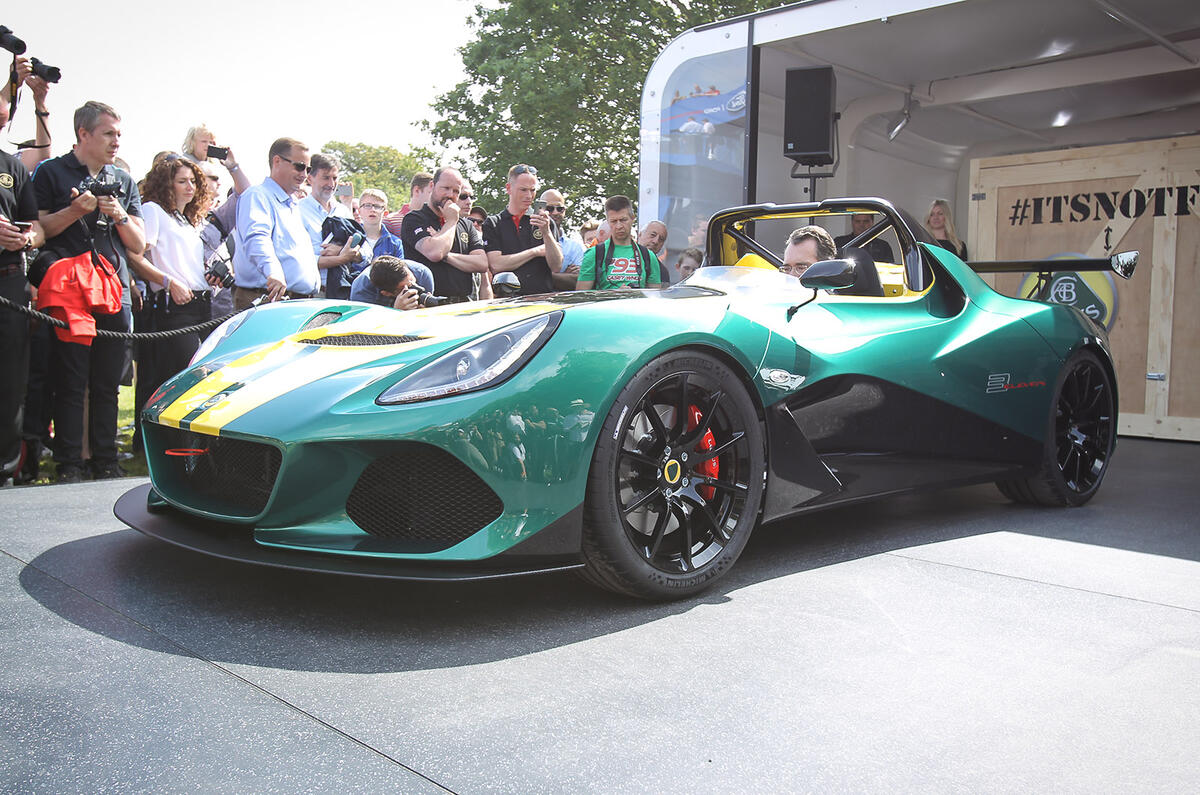
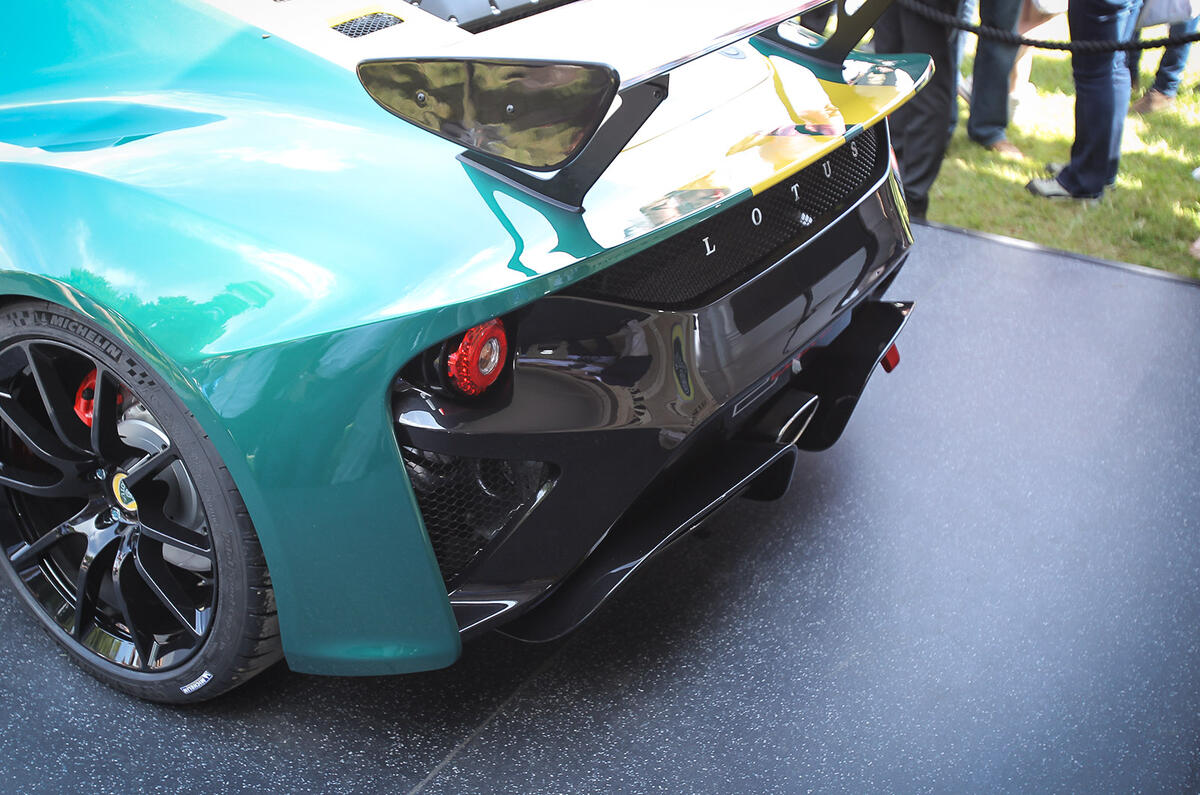
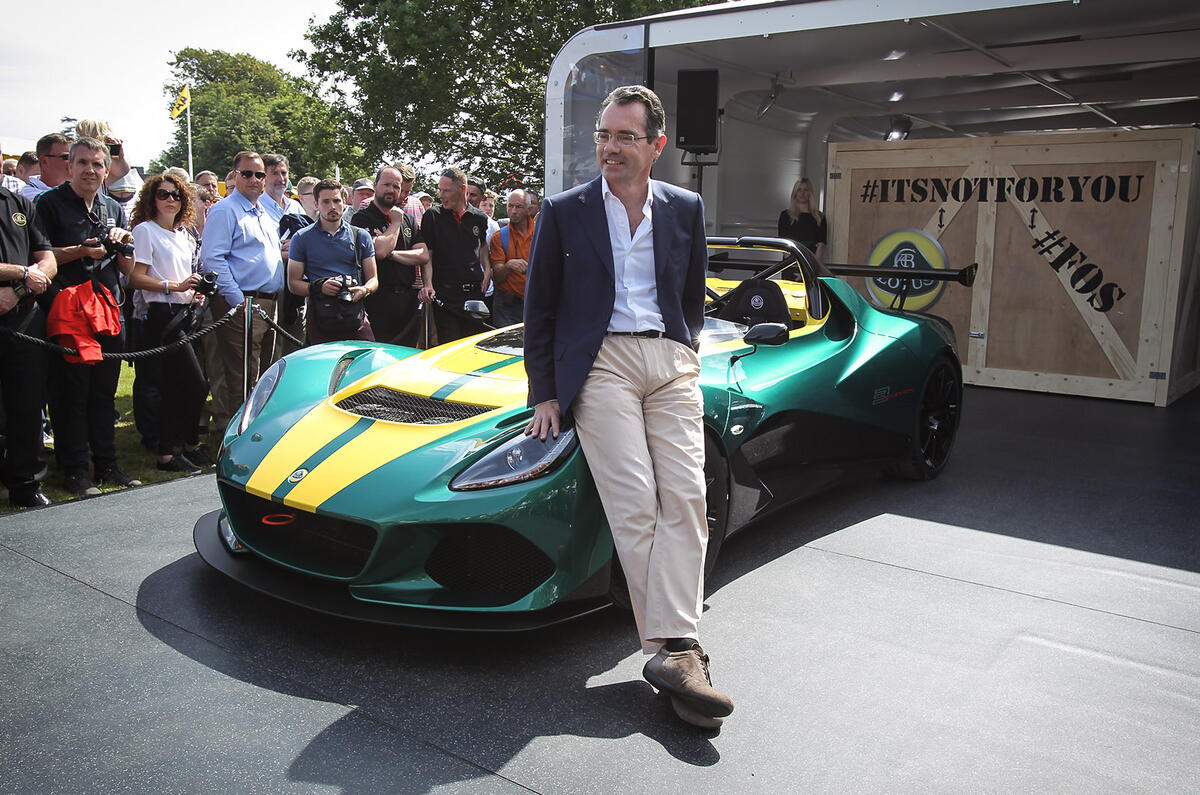
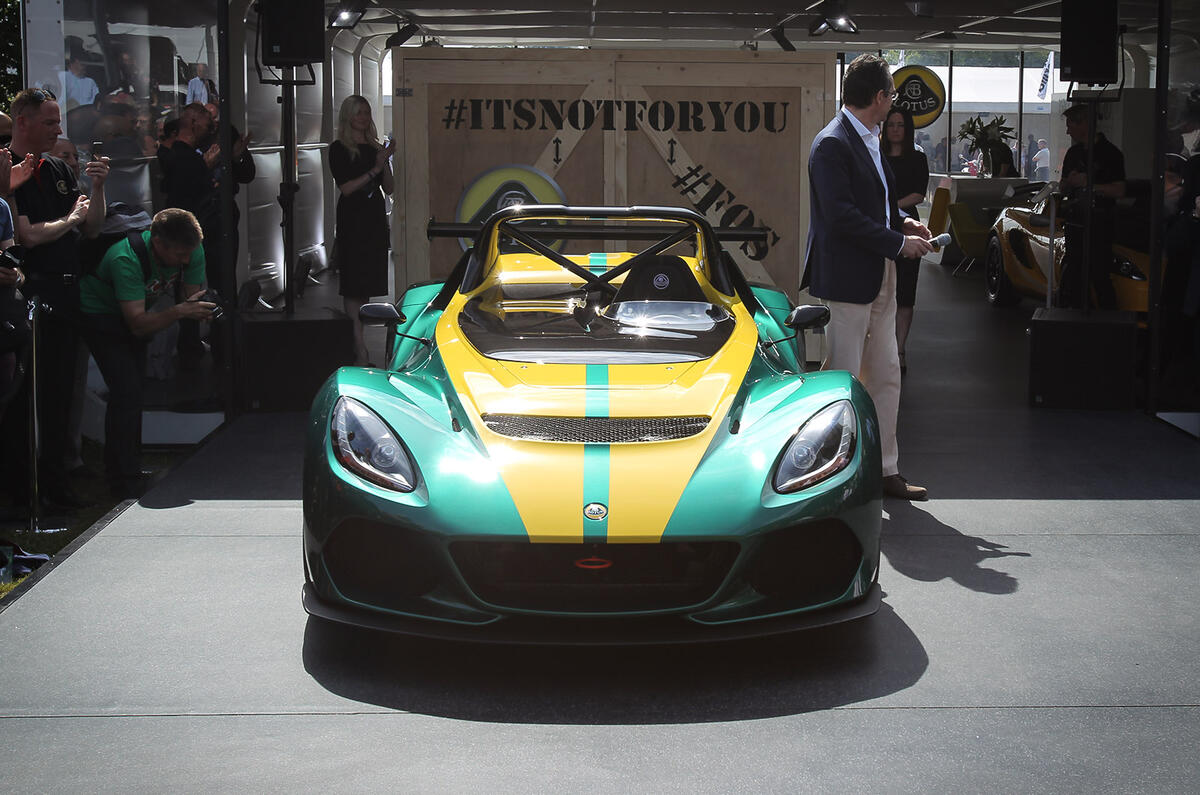
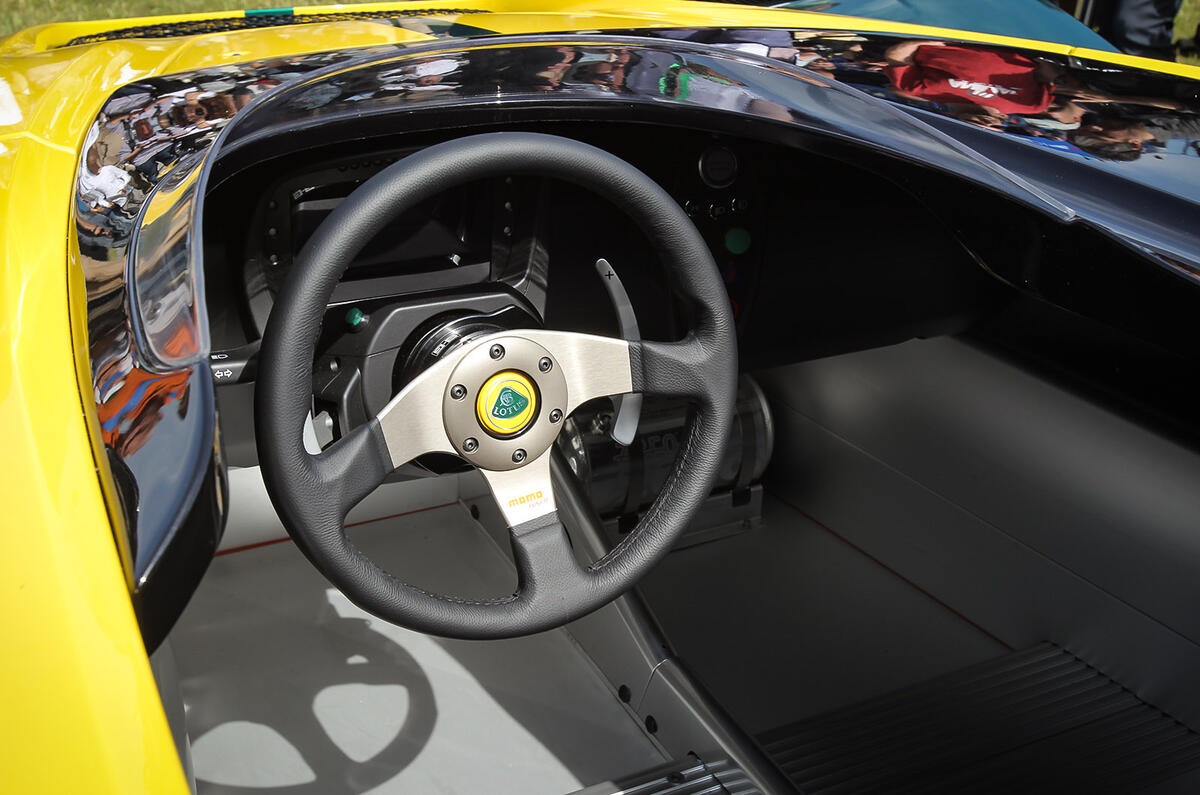
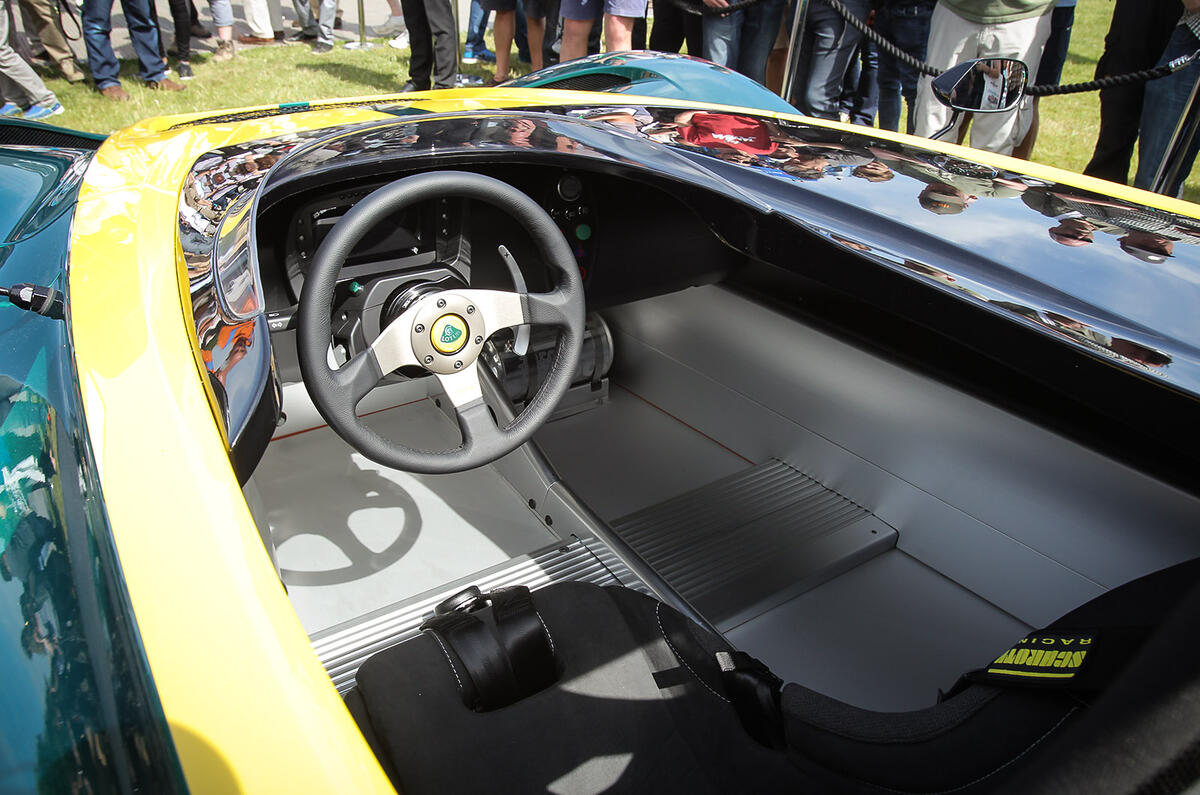
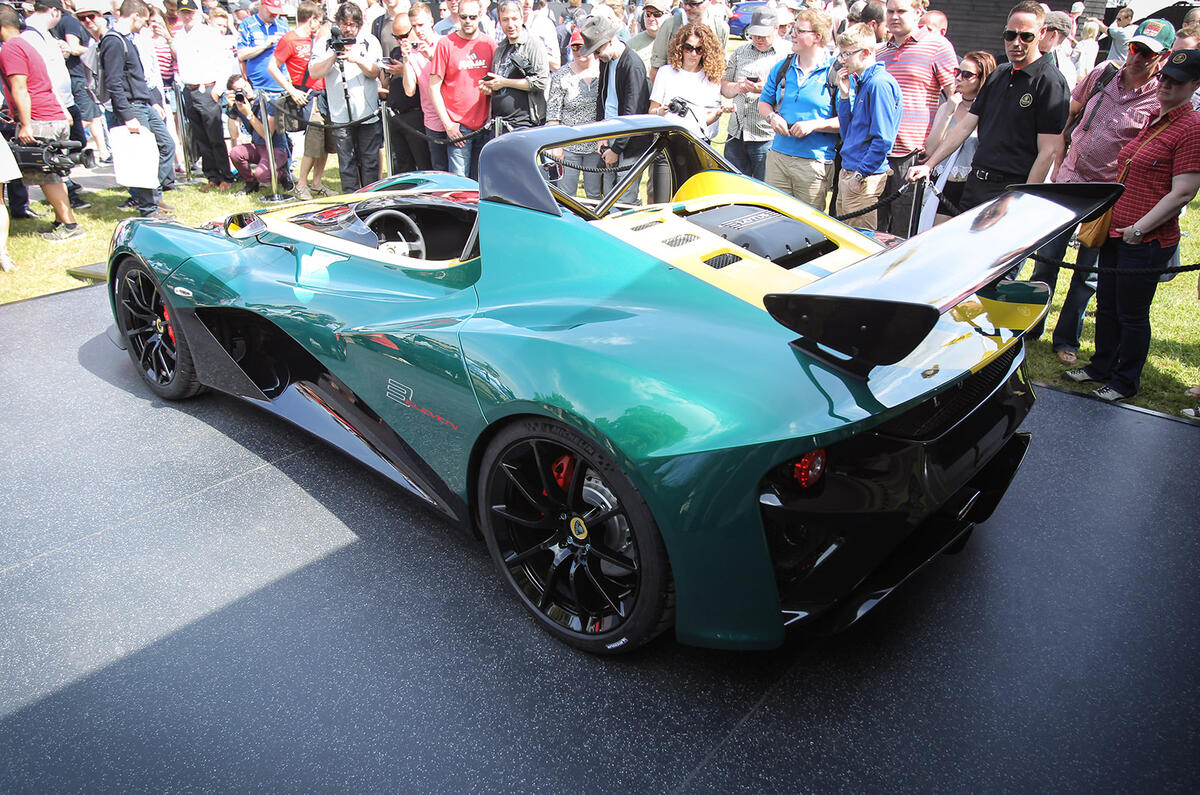
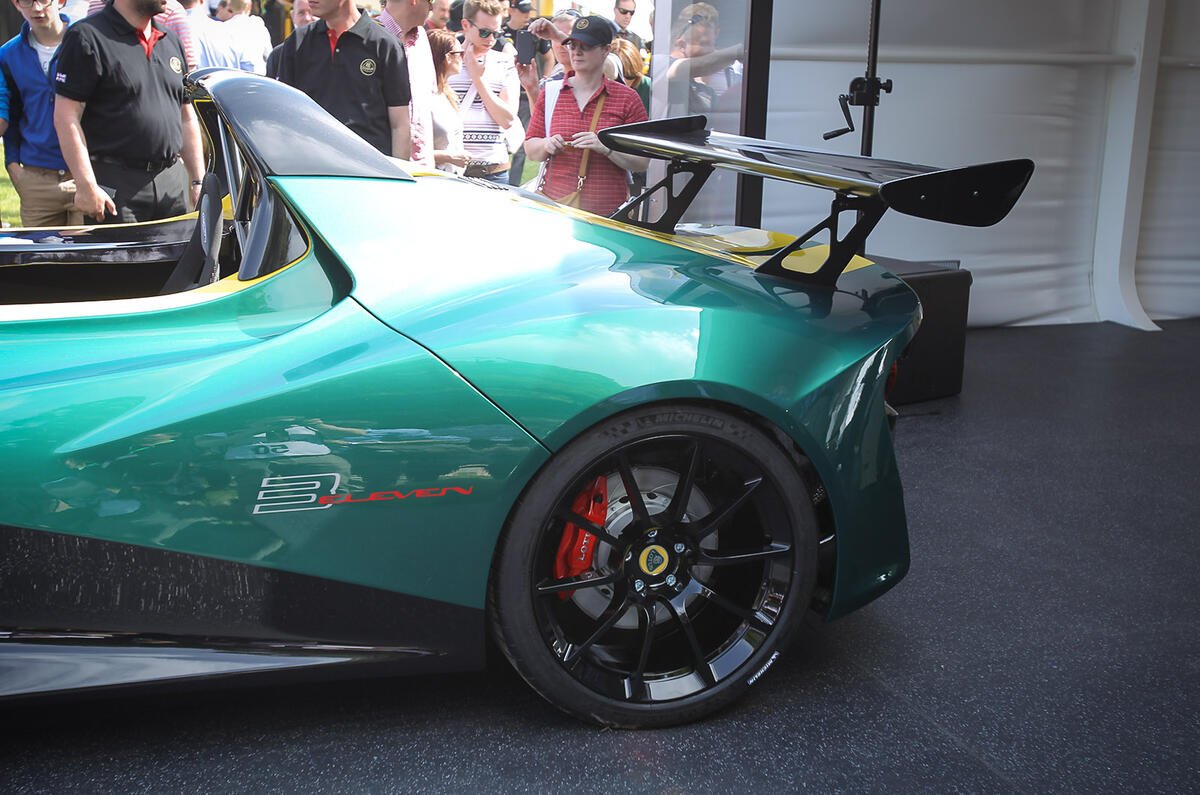
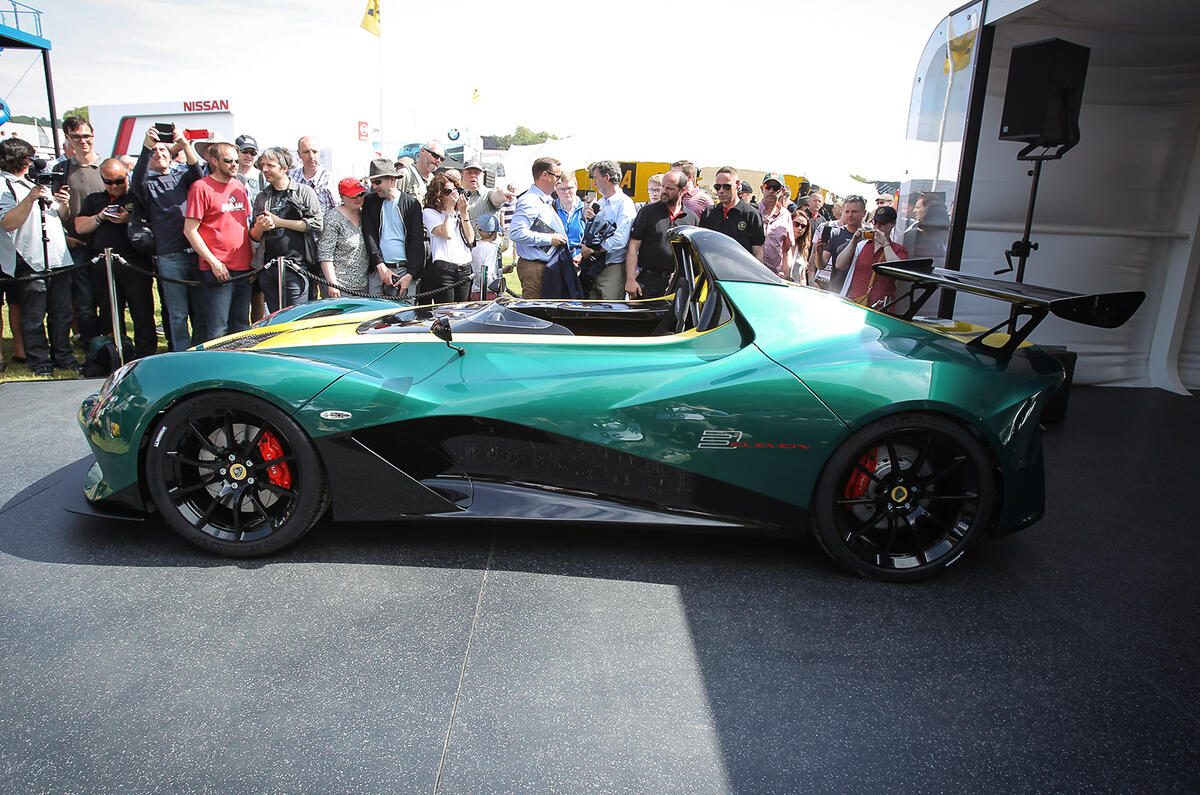
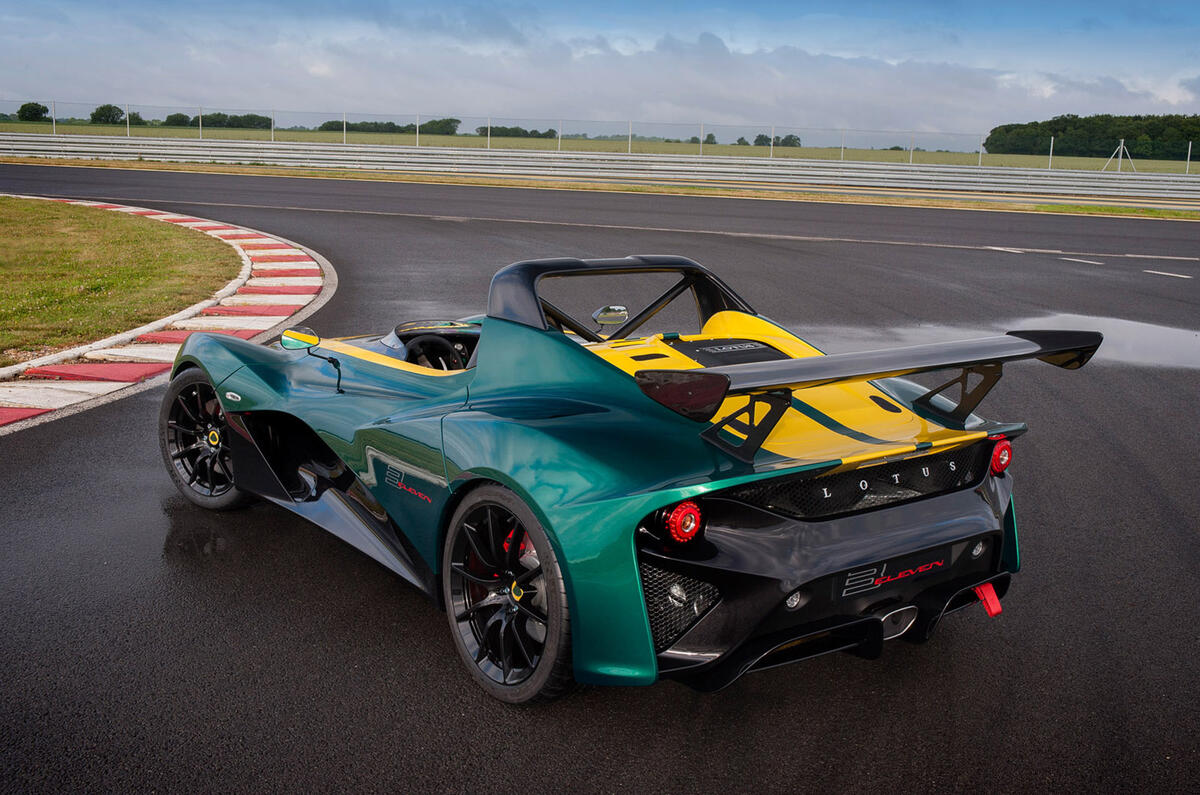
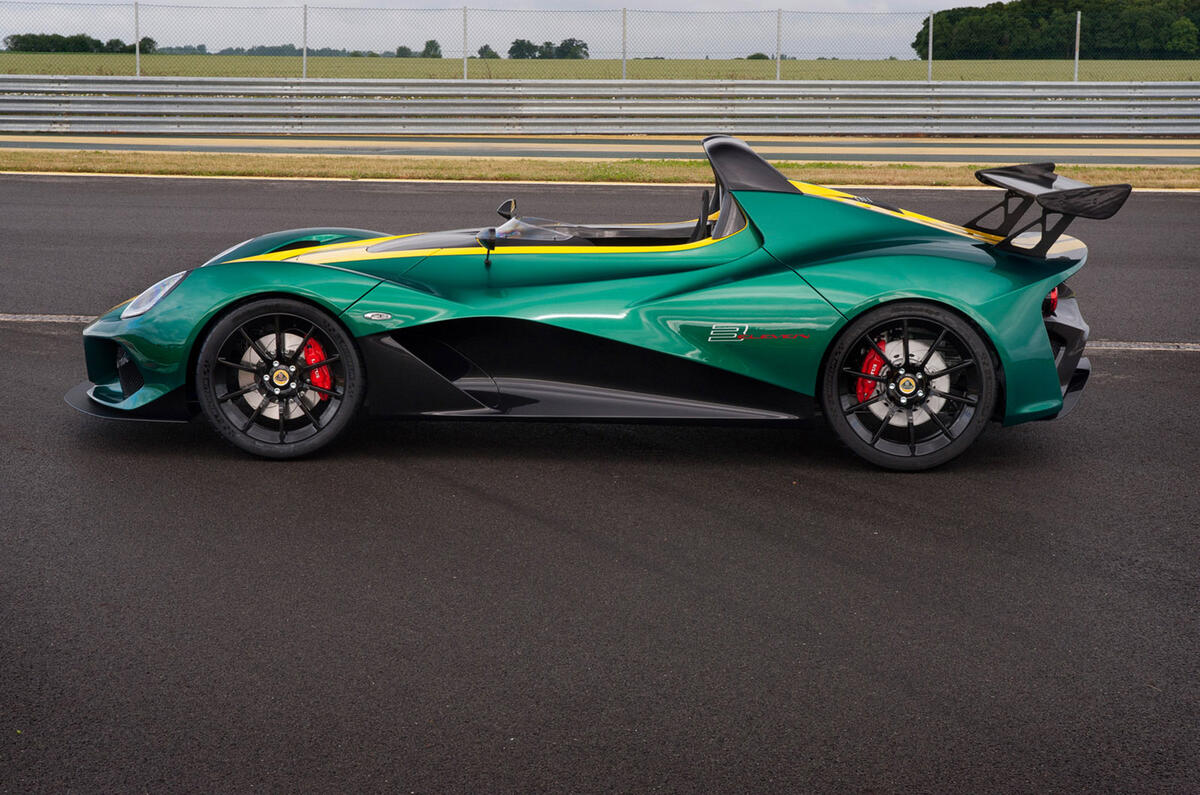
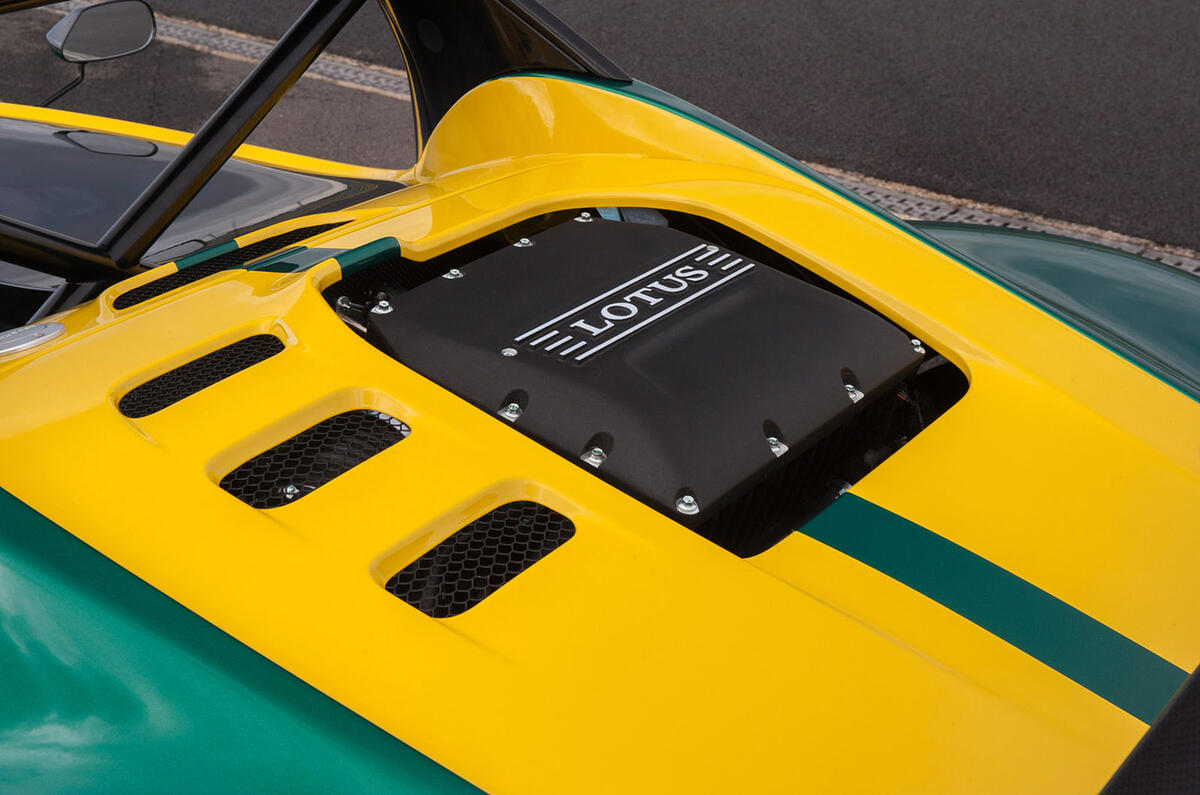

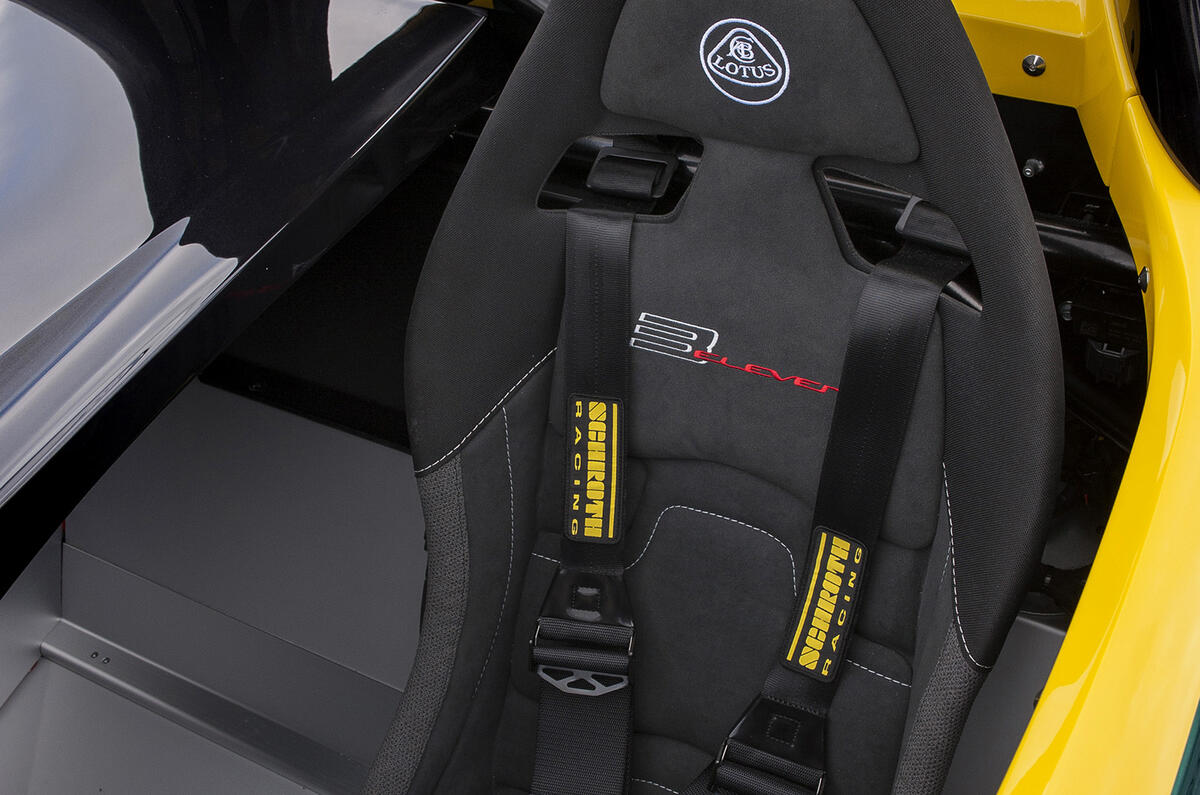
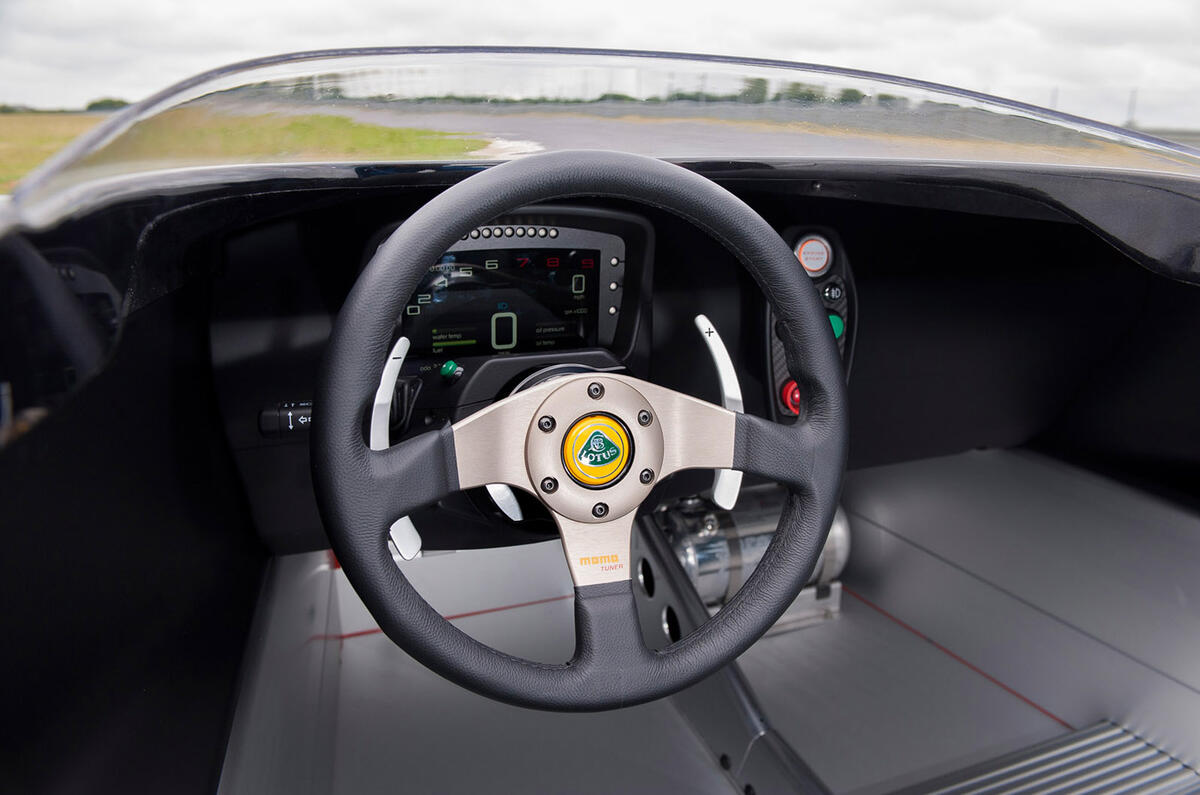
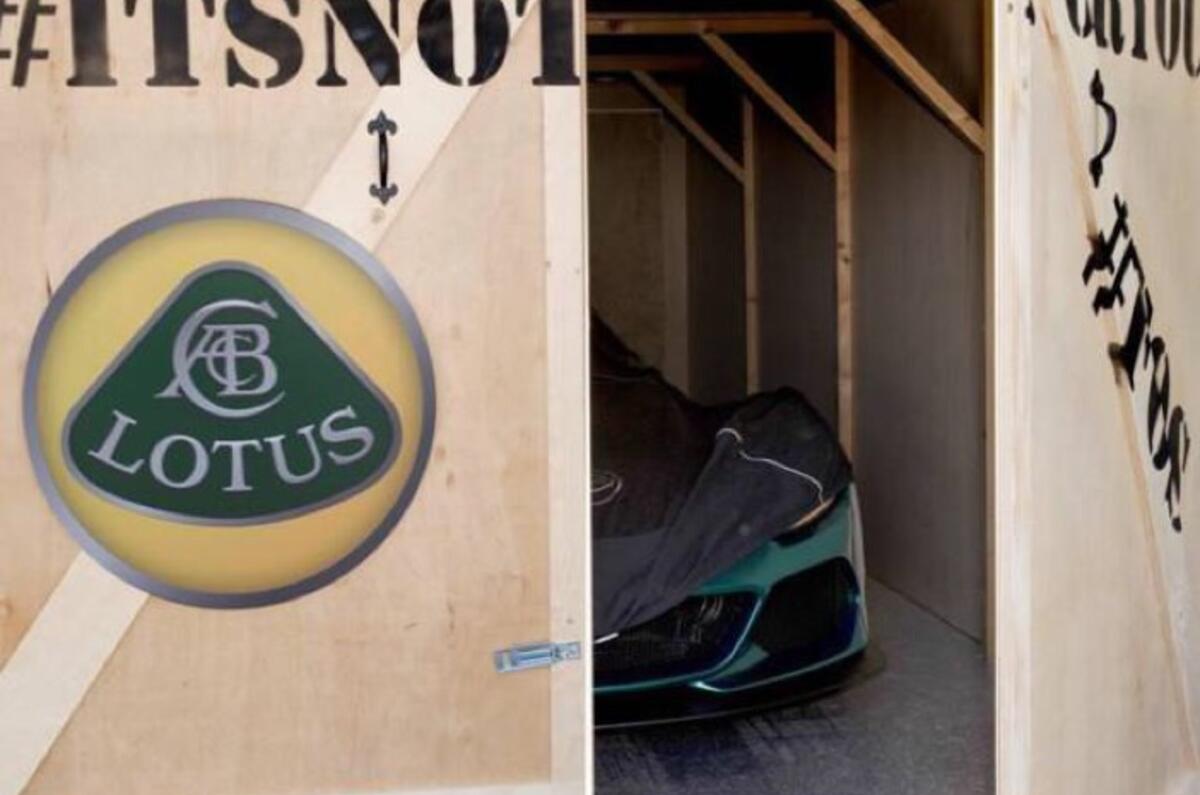
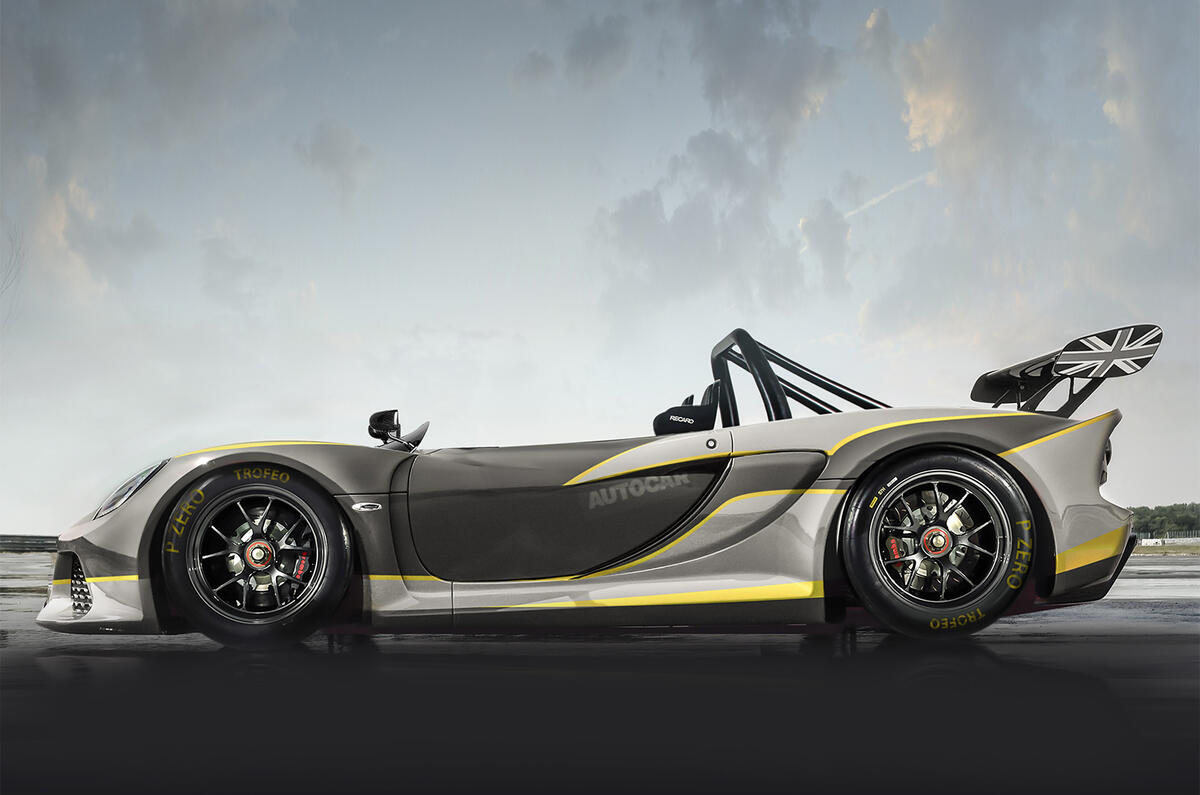








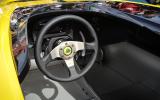
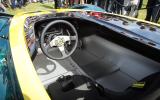





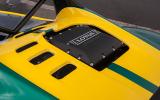
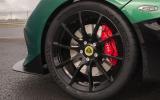
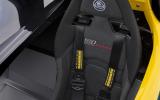

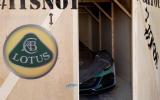








Join the debate
Add your comment
Making a fast car is the easy bit
The comments sections in online articles
welcome
Ok, £82k isn't cheap, but